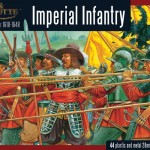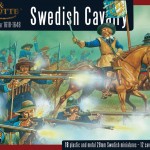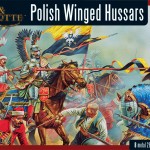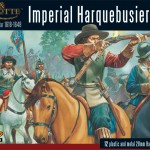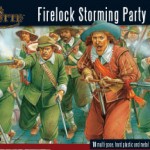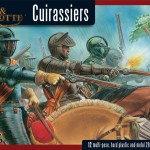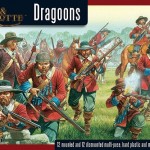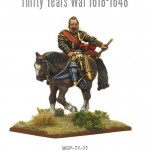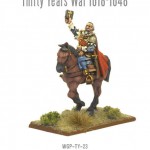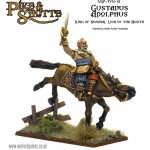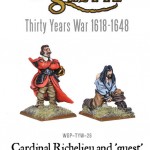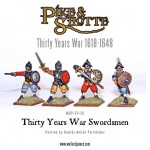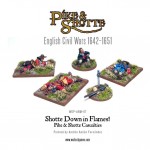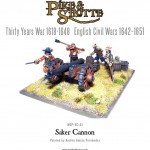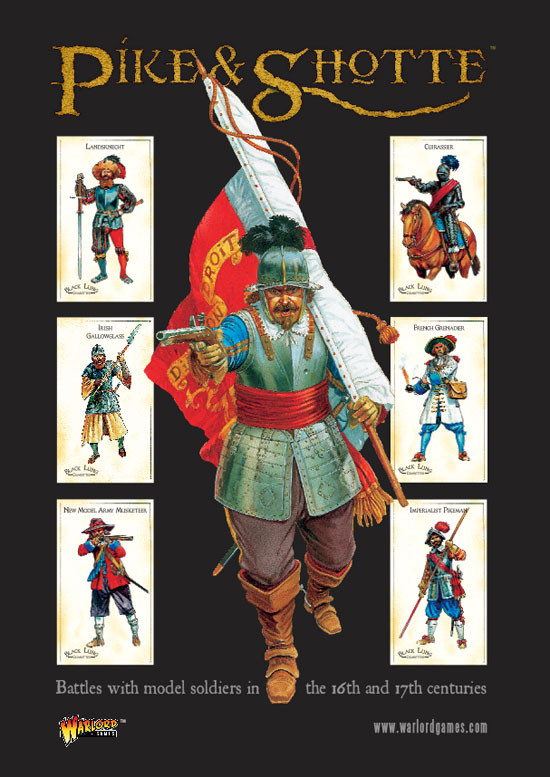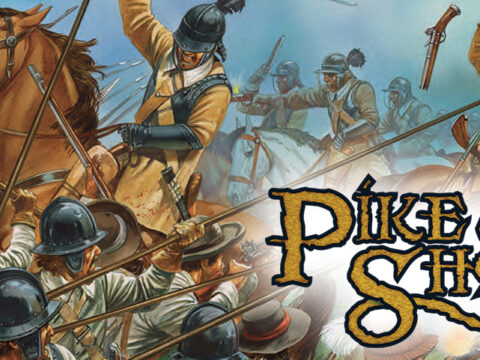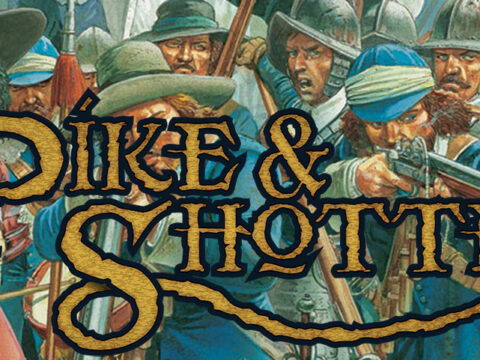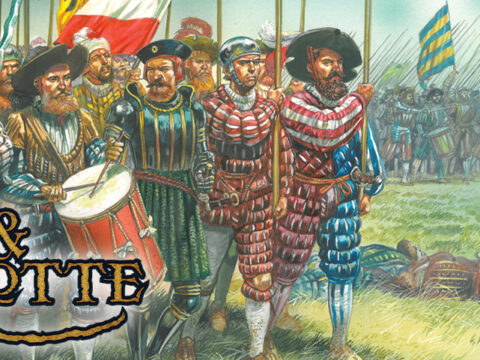Next month sees the release of ‘The Devil’s Playground‘ – a Pike and Shotte supplement covering the Thirty Years War. With a concise history of the 1618-1648 conflict, more specific rules with which to recreate the battles of the war and all the flavour and detail you’ve come to expect from our publications. There may even be new miniatures releases…
As a primer to prepare you for action – Sam Phillips has written a brief guide to the Thirty Years War – an overview of the key events to give you a flavour for the period, and to whet your appetite for what’s to come! We’ll be opening pre-orders and unveiling the special model that goes with this exciting supplement in a future newsletter…
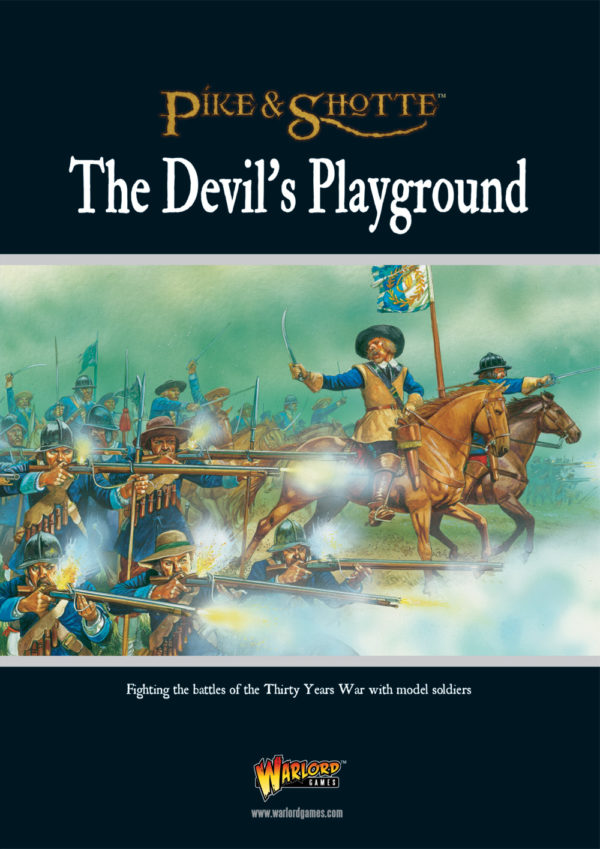
One of the most destructive conflicts in history, the Thirty Years War was fought between most of the major powers of Europe. This was not just a holy war between Catholics and Protestants, but one of power, politics and personal gain.
Arguably one of the main causes for the start of the war was when King Ferdinand (later Emperor Ferdinand II) sent two Catholic emissaries to Hradcany Castle in Prague. They were sent as representatives of Ferdinand and were to administer the government there, however they were met by a group of Protestants who disagreed with what they represented and who promptly threw them both out of the palace window! Despite plummeting around 70 feet to the ground they survived to tell their tale. This would be known as the Prague Defenestration, and would spark off the Bohemian Revolt, which would in turn start the war.
As rebellion swept across the land, with Protestant unrest springing up throughout Bohemia and beyond, King Ferdinand was enraged and sought to punish and utterly destroy anything to do with the Protestant faith. Ferdinand went from town to town dealing ruthlessly with any rebellion. His army blew up every Protestant church in every town they came across, burning the books in pyres and digging up the graves of Protestants, having the rotten corpses placed along the Austrian roads to serve as a warning.
The Protestants in Bohemia were horrified by these atrocities and sought retribution. However, most nations at this time did not have permanent standing armies, so the conflict was mainly conducted with the use of mercenary armies, making this an era of the warlord.
It was also a time of great profit, as warlords who would have previously been arrested for such actions now led the field with massive armies to back them up. The war was fought on religious grounds as well as for personal gain – territory was won and lost with these armies and nobles would gain vast amounts of wealth. Powers from all major countries in Europe were involved in one form or other, either by supplying one side with troops or by funding the relative nations.
Mercenaries could be found all over – they came from many countries. Soldiers from Sweden, Germany, Spain, England and Scotland all fought for one side or the other. Around 55,000 Scottish warriors fought in the war, with English mercenaries fighting mainly for the Protestant cause. These massive armies lived off of the land, terrorising the local populace. Each army needed feeding and they would often either take what they needed or forced a tax on the local populace, effectively paying the army. With this in mind many peasants simply joined up, as it was a much better solution than to stand in the way.
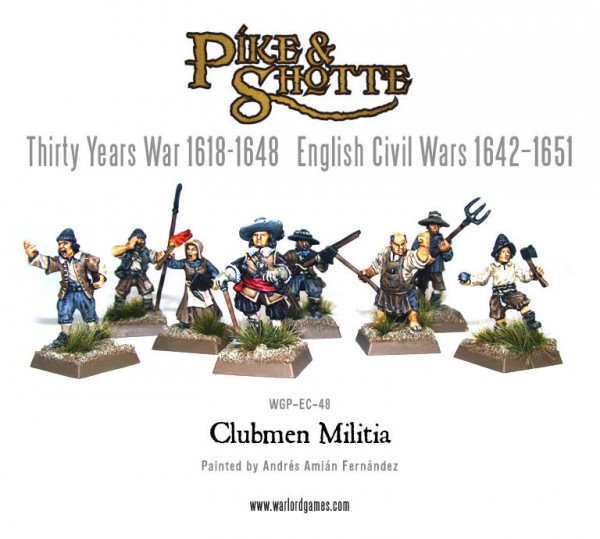
The war would see such enigmatic leaders like Albrecht von Wallenstein, a general that commanded an enormous mercenary army of his own for the Catholic cause, leading the Imperial army at the infamous siege of Magdeburg. Others would join the fray, such as the Swedish King Gustavus Adolphus, who had great tactical mind and knew best how to use the disciplined Swedish army, and managed to curtail the actions of hired mercenaries, keeping them more in line with his own native troops. This was a total war, involving everyone from the highest noble line to the common peasants.
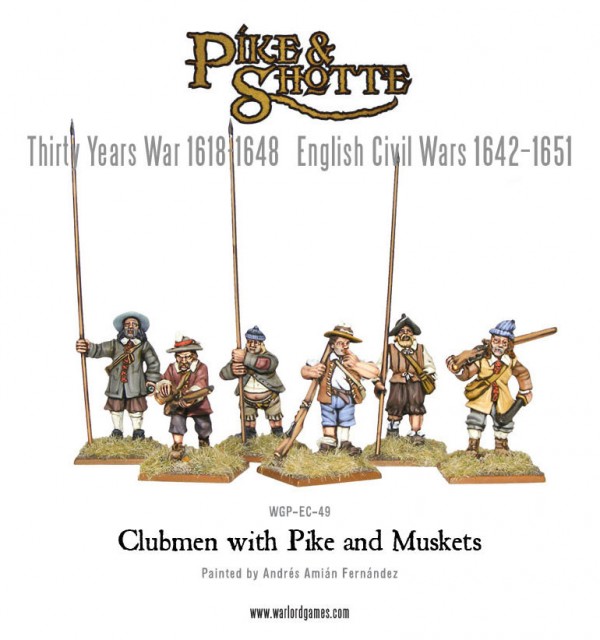
Throughout the war, land would be won and lost, many thousands killed or injured and many great names being lost to warfare. The conflict was hugely devastating, especially in Germany, where the majority of the battles were fought. Over 35% of the German population was wiped out by the end.
The Treaty of Westphalia was a series of treaties based upon the idea of states co-existing with one another. Any aggression being curtailed by the balance of power, which meant that should one state try and force its will on another, the rest would join in coalition to stop them. Whilst it did not stop all aggression in Europe, it did put an end to the Thirty Years War.
If we’ve whetted your appetite, and you’d like more information to help get started wargaming the Thirty Years War – head over to the Pike and Shotte section of the Warlord webstore – where you’ll find a wealth of historical information, and hobby tips – as well as regular new product releases to bolster the ranks!

